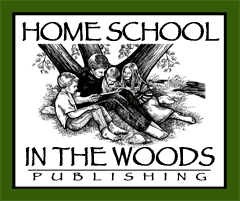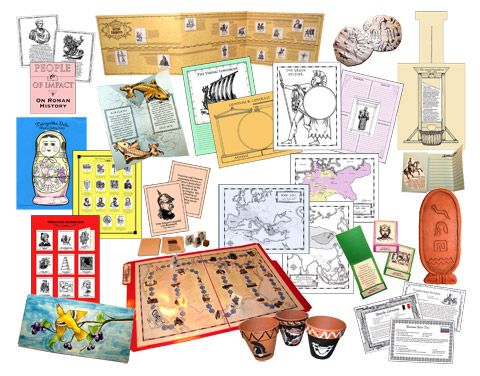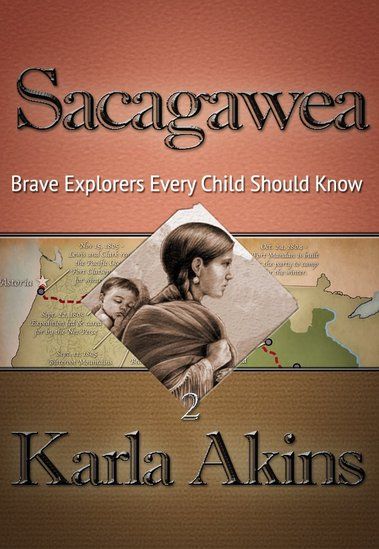I was pleased to have the opportunity to review their Great Empires Study activity pack. This activity pack covers 14 empires from the Ancient Egyptians to the United States of America.
Each Empire has a sheet about its history, a mapping activity, craft and recipes. It also has a list of additional resources. The additional resources include a book list and a link to a page with multiple weblinks for each Empire. This format means that the pack can be used as it is covering each Empire in a relatively short time or can be explored in more depth. An additional, and very useful resource, is a timeline with figures so that children can place each empire in history. A world map is provided so that the empires can be plotted.
The activity pack is designed for Elementary age children.
Younger Daughter, aged 6, and I decided to explore some Empires in more detail. We started with the Ancient Egyptians. In many ways this was helpful revision as we had done some work on Ancient Egypt earlier in the year.
Cooking is always popular and the fig cookies went down well.
Making the cookies
The finished product-covered in honey and nuts.
The other recipe was a potato salad. Interesting, as I had understood that potatoes were not available in Ancient Egypt-it did lead to some discussions about the origin of the potato.
Each unit has activities. The activity for Egypt was around hieroglyphics. Younger Daughter made a cartouche and wrote on this.
As there was a mention of papyrus, we found a video and practised the technique of weaving used.
The unit comes with a list of suggested books. We had one of these, Cat of the Bulbastes, by GA Henty. I started to read it with Younger Daughter but it was more difficult in terms of vocabulary and concept than the chapter books that I had been reading to her, so we abandoned this. However, we were able to add to our study with plenty of other books from the library.
We found the mapping particularly useful and was an opportunity to talk about how to colour a map and how to add features. Timelines are a helpful adjunct and it was helpful to see how the Egyptian Empire fitted into history.
We have now started to look at the Greek Empire.
Again, the mapping was helpful.
One of the activities was to design a shield for a Greek soldier.
Again, we only had one of the suggested books, and this seemed a little difficult for a six year old so we substituted with some books from the local library.
What we liked about Great Empires
Each unit has activities. The activity for Egypt was around hieroglyphics. Younger Daughter made a cartouche and wrote on this.
As there was a mention of papyrus, we found a video and practised the technique of weaving used.
The unit comes with a list of suggested books. We had one of these, Cat of the Bulbastes, by GA Henty. I started to read it with Younger Daughter but it was more difficult in terms of vocabulary and concept than the chapter books that I had been reading to her, so we abandoned this. However, we were able to add to our study with plenty of other books from the library.
We found the mapping particularly useful and was an opportunity to talk about how to colour a map and how to add features. Timelines are a helpful adjunct and it was helpful to see how the Egyptian Empire fitted into history.
We have now started to look at the Greek Empire.
Again, the mapping was helpful.
One of the activities was to design a shield for a Greek soldier.
Again, we only had one of the suggested books, and this seemed a little difficult for a six year old so we substituted with some books from the local library.
What we liked about Great Empires
- This is an interesting study covering a great swathe of history.
- The timeline is a great asset to this study and helps children understand where an Empire fitted.
- Recipes are always popular!
- It is useful to have some simple activities provided.
What worked less well
- The only books that we had on the reading list were really too difficult. It may be our selection of books.
- We would have liked to have seen Ancient Babylon and the Medo-Persian Empire covered.
We will use this resource to study more empires as we come to them in history.
I was provided with the download version of the Great Empires study guide which retails at $18.95. It is also available as a CD version at $19.95.
For more reviews of this, and other Homeschool in the Woods products, do pop over to the Schoolhouse Review Crew blog.
For more reviews of this, and other Homeschool in the Woods products, do pop over to the Schoolhouse Review Crew blog.












































